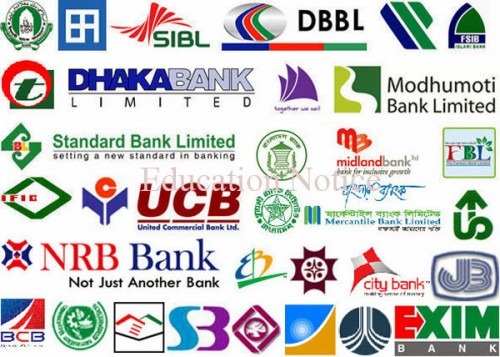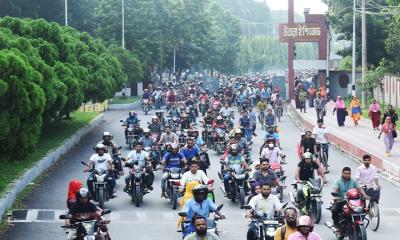Some commercial banks do not accept the fixed rate of "crawling peg" in buying and selling dollars. This information was known by talking to the Managing Director (MD) and Treasury Chiefs of some banks. The bankers said that the dollar is not available to buy at the rate that has been fixed in the dollar. So everyone started buying dollars at higher rates than before.
An official of the treasury department of a private bank said that although the dollar rate was set at Tk 110 for a long time, most banks did not follow this rate. Then those of us who followed the central bank rate had to count the losses. Because, we could not collect dollars at this low rate. After the introduction of the central bank crawling peg system, we thought everyone would follow a rule. All will be within a taka higher or lower following the dollar mid-rate of Tk 117. But now many banks are not following. The crawling peg system has been collecting remittances at an additional cost of this rate since one week after its introduction.
He said, last Tuesday, exchange houses offered Tk 118.60. But, we have followed the central bank rate. However, I have learned that many banks have also collected dollars at the rate of Tk 119. This will lead to unfair competition in the market. When the banks start selling our inflation will increase. Because banks will want to make a profit accordingly when they buy at higher prices.
A treasury head of a state-owned bank said that everyone followed the crawling peg properly for two days. Since then, many banks have been collecting dollars at higher rates and at the same time charging higher rates for opening LCs. Most Sharia-based banks are not following this crawling peg rate. Due to this, their banks are getting more remittances. They collected dollars at high prices even before this crawling peg system was introduced.
It should be noted that Bangladesh Bank introduced the crawling peg system on March 8 before making the dollar rate market-based. By introducing this system, the central bank has massively devalued the rupee against the dollar. Bangladesh Bank has decided the middle price of the dollar under the crawling peg system and asked the banks to trade freely around this rate. This intermediate rate is fixed at Tk 117. But, the bank verbally instructed the banks to Tk 1 more or less. To prevent an economic crisis, Bangladesh Bank introduced a new system of dollars following the conditions of the IMF.
Economist MM Akash said in response to the question of how much role the crawling peg can play in mitigating the instability in the dollar market, it is impossible to bring balance to the market without uncovering the root cause of the dollar crisis. The main reason for the dollar crisis is that those who are earning dollars are either investing abroad or depositing in foreign banks instead of sending dollars to the country. The reason for not sending dollars to the country is that they are not getting the expected profit by sending dollars.
MM Akash said, due to the continuous devaluation of money in the last few years, it has been seen that what is gained by keeping money in the bank with interest or profit, profit is more than that by simply converting money into dollars. The crawling peg system will not work at all unless this gap between money and dollar is reduced. First, the gap needs to be narrowed down, then the method can be reviewed to see if it works or not.
According to Bangladesh Bank's latest monthly report, the dollar balance with commercial banks at the end of April stood at $504 crore 73 lakh, while it was $549 crore 77 lakh at the same time last year. In July, the first month of the current financial year, the dollar position of commercial banks was $ 590 crore 5 lakh. In the following month, August, it fell slightly to $580 core 87 lakh. Banks had the highest amount of $617 crore 40 lakh in September last year. Since then it has gradually decreased. Of this, in October 592 crore 40 lakh, in November $ 597 crore 9 lahks, in December $ 555 crore 97 lakh, in January $ 584 crore 42 lakh, in February $ 553 crore 45 lakh and in March $ 543 crore 94 lahks were reserves with the commercial banks of the country.
ZH






-20250710131233.jpg)